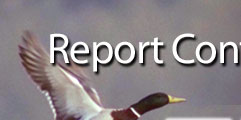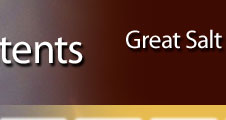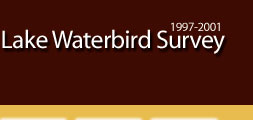 |
 |
 |
||||||||||||
 |
 |
 |
 |
 |
 |
 |
 |
|||||||
|
Preface • Introduction • Study Objectives • Community Participation • Regional, Physical and Ecological Setting Methods • Survey Protocol • Surveyors • Data Compilation • Data Analysis Results • Migration Chronology • Breeding Species • GSL Species Accounts • Species Distribution Discussion • Recommendations • Acknowledgements • Definitions/Abbreviations • Literature Cited Report & Appendices: 1 • 2 • 3 • 4 • 5 • 6 • 7 • 8 21-Year Waterbird Survey Synopsis & Appendices: 1B • 2B • 4B • 5B • 6B • 8B
|
Community ParticipationCommunity participation in this project was essential and desired. A large number of surveyors were required because of the enormity of the task and the desire to build ownership in the conservation of this unique ecosystem. Salt water covers 3,885 km2 of lake bottom and the wetlands occupy 1,600 km2. In order to conduct extensive surveys within all waterbird habitats some 40-50 survey teams would need to be enlisted. There were not enough professional biologists in the area to staff the effort. Surveyors representing Federal and State agencies, several non-profit organizations, GSL associated industries, and a significant number of Salt Lake valley citizens assisted through the five-year study period. |